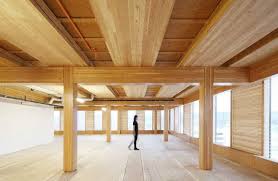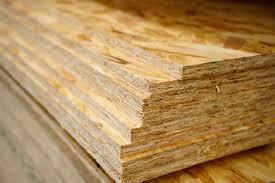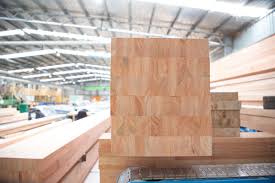The early migration of humans and the exploration of the world are closely associated with the utilization of wood. Similarly, advancements in science and technology have brought about diverse and more sophisticated uses for wood, such as lumber, poles, posts, wood veneer, plywood, particleboard, fibreboard, match splints, toothpicks, transparent filaments, charcoal, etc.
Thus, there is also a close association between the level of economic development of a nation and its dependence on wood, both in its conventional and modified forms.
Read Also: Switchgrass (Panicum Virgatum): Uses, Benefits and Facts
Wood Composition and Characteristics

Wood is a complex material of biological origin derived from forests, including trees, shrubs, certain climbers, and woody lianas during their growth. They are composed of cellulose (reinforcing material), hemi-celluloses (matrix and binding materials), and lignin (cementing material).
Extraneous materials of diverse chemical composition include sugars, starches, gums, pectins, polyphenols, tannins, dyestuffs, proteins, organic acids, and ash minerals.
These materials are responsible for the color, durability, susceptibility to bio-deterioration, impermeability, greasy texture, smell, difficulties in sawing, bonding, and pulping characteristics of certain wood species.
Read Also: Sudangrass (Sorghum × drummondii) Complete Guide
Uses of Wood through Time

The use of wood by humans dates back to antiquity when prehistoric man relied on wood for survival, shelter, tools, and hunting implements (weapons such as clubs, spears, bows, and arrows), fuel, and the construction of primitive furniture (small-sized tree stems and branches).
The advancement of science and technology has facilitated the development of different wood product industries that engage in the production of sawnwood, wood-based panel products, pulp and paper, furniture and joinery, energy, chemically-treated wood, wood-derived chemicals, and specialty products such as toothpicks and tool handles.
Wood Product Categories Based on Processing
1. Chemical Products and Extractives from Wood: These are products of wood obtained through chemical processing, resulting in the complete structural transformation of wood. Examples include products from pulping, such as cellulose (pulp), lignin, alcohol, yeast, di-methyl sulphide, lingo-sulphates, and purified lingo-sulphate; tall oil; wood bark products, such as esters and rubber latex; and chemicals from foliage, such as chlorophyll and leaf protein.
2. Semi-Finished Wood Products: These are primary products of wood that serve as input raw materials for other wood products. Examples include sawn timber, plywood, particle boards, and fibre boards.
3. Final (Finished) Wood Products: Final wood products include construction materials, furniture products, packaging materials, technical articles, and special products.
i. Construction Materials: These products range from doors, windows, and formwork frames to prefabricated wood buildings.
ii. Furniture Products: These vary depending on their area of use, such as household furniture, school furniture, office furniture, and furniture used in standing (shelves, cupboards, wardrobes, workbenches), sitting (chairs, tables, desks), or sleeping (wooden beds) positions.
Other furniture items are specific to people and places depending on history, culture, technology, interaction, and standard of living.
iii. Packaging Materials: These consist of cases, boxes, and drums.
iv. Technical Articles: These products are partially made from wood and completed with other non-wood components, such as pencils, match splints, ice-cream holders, and rulers.
4. Special Wood Products for Unique Purposes: Special wood products are used in specific areas such as:
i. Sports: Examples include skis, hockey sticks, and tennis rackets.
ii. Music: Instruments such as drums, violins, and guitars.
iii. Transportation: Veneer, plywood, and densified wood are used in the construction of boats, platforms, and the bodies of vehicles.
Wood products continue to serve as an essential resource, with diverse applications across industries, construction, and daily human life, contributing to technological advancement and economic development.
Do you have any questions, suggestions, or contributions? If so, please feel free to use the comment box below to share your thoughts. We also encourage you to kindly share this information with others who might benefit from it. Since we can’t reach everyone at once, we truly appreciate your help in spreading the word. Thank you so much for your support and for sharing!

